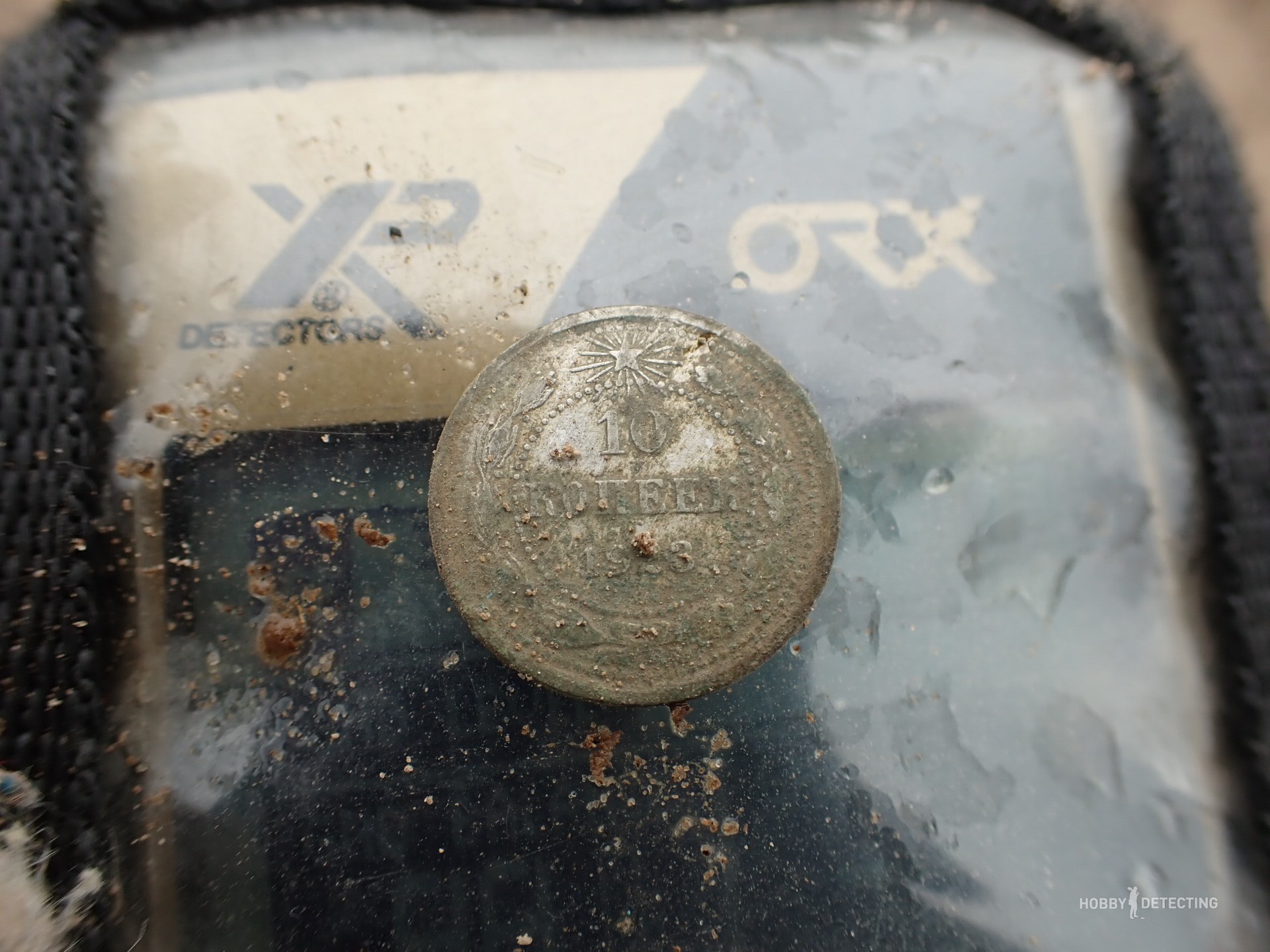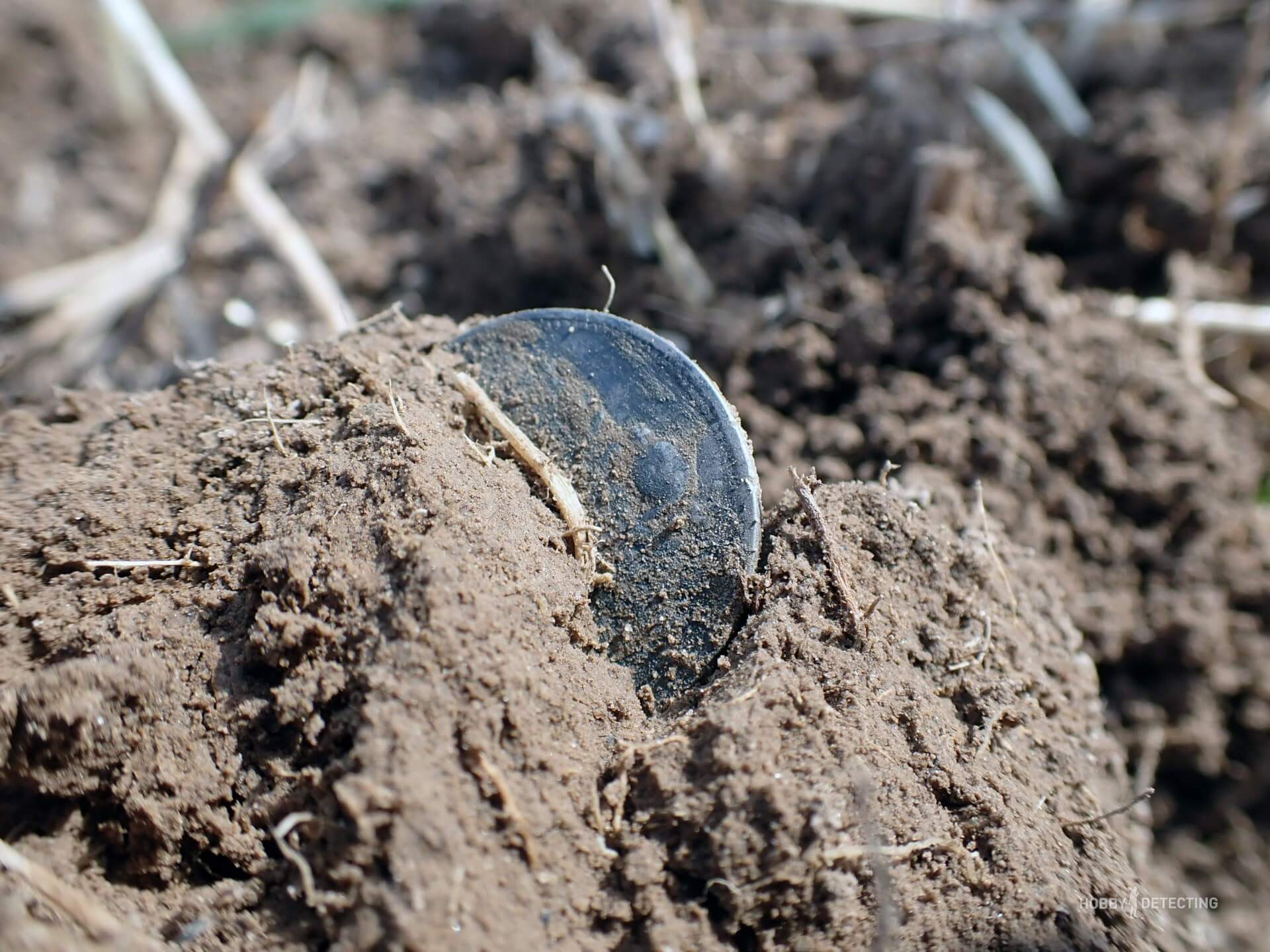How and where, in plowed fields, is it best to look for scales? The one with the coins
Well, what can we say? Often, if not all the time, the preservation of copper coins in plowed fields is such that it is very difficult to understand the identity of the coin. And, sometimes, it’s not possible at all. The only hope for a digger in such fields is to find at least some silver. And, even if it’s just one coin for the whole day, it’s this find that brightens the mood, and the friends in the chat have something to throw in to brag about.

The area in which I began to master instrument search is not very rich in arable fields. However, in almost all of these fields you can easily dig up, in a day of searching, five to ten silver flakes from Grozny to Petrograd. And it seemed so familiar to me that I assumed it would be like this everywhere, well, at least in the nearby area.

However.
Here, from now on, in more detail. As soon as I began to explore, so to speak, distant horizons for me – 30-40 km from my village, it turned out that scales were very rare there in the plowed fields. The main thing is that the imperial period is presented simply perfectly, and the scales are like a cat crying. Although, according to the chronicles, all those villages and villages that are next to the fields date back to the 14th-15th centuries. Oh, no scales.

However.
I thought about it and decided to understand for myself how the scales and other coins ended up in the plowed fields? For particularly suspicious citizens who consider lovers of instrumental search in particular, and me in particular, to be robbers of the archaeological heritage, I will explain. We are now talking about plowed fields, where there are no signs of a cultural layer, archaeological sites, or traces of human activity.
Where then do coins, crosses, body icons and rings come from on such fields? And from there, people plowed, sowed, reaped and threshed sheaves in such fields for centuries. Harvesting wheat or rye is women's work, which is why there are many crosses and copper rings in the field. Well, money was put into the ground of a plowed field for two main reasons.

The first is the belief that has been going on since pagan times that the spirits of the earth need to be appeased. Therefore, at the time of sowing, from the first harvest of grain, one or several small coins were thrown into the ground. Well, and there, who was good at what. Someone, creaking with greed, threw one small copper coin into the arable land, and someone, out of bragging, could throw a silver ruble.
The second reason is the wages of day laborers. It was so very often that wealthy kulaks or villages, where the main income was dry farming, hired peasants from neighboring poor villages to do the harvest. And, there, they agreed for work either with part of the harvested harvest (throwers), or for grub with a minimum wage. On average, one day of work in the field cost 20-30 kopecks, plus grub. The farm laborers kept their money in belts; these belts often broke, causing the money to be lost somewhere. These small coins still remain in the fields to this day.

So, what's with the scales?
But to solve that very question, I had to understand the structure of agriculture. It is clear that scales will only be found in those fields where they have plowed and sowed since the times of the Russian Empire. That is, now these are fields on which rye, wheat or barley are sown. If rapeseed or fodder for livestock is sown on a current field, this means that in those days this field was either a meadow or a forest. The second is more likely.
And, the fact that finds from the 18th and 19th centuries appear in those fields indicates that in that particular area, at that particular time, weaving began to actively develop. Flax is a more unpretentious crop, which is why meadows were plowed under it and forests were burned.

This is the theory for solving one riddle. Oh, we have a lot of such clues. Therefore, if you have not yet subscribed to our channel, subscribe, read, comment and like.
